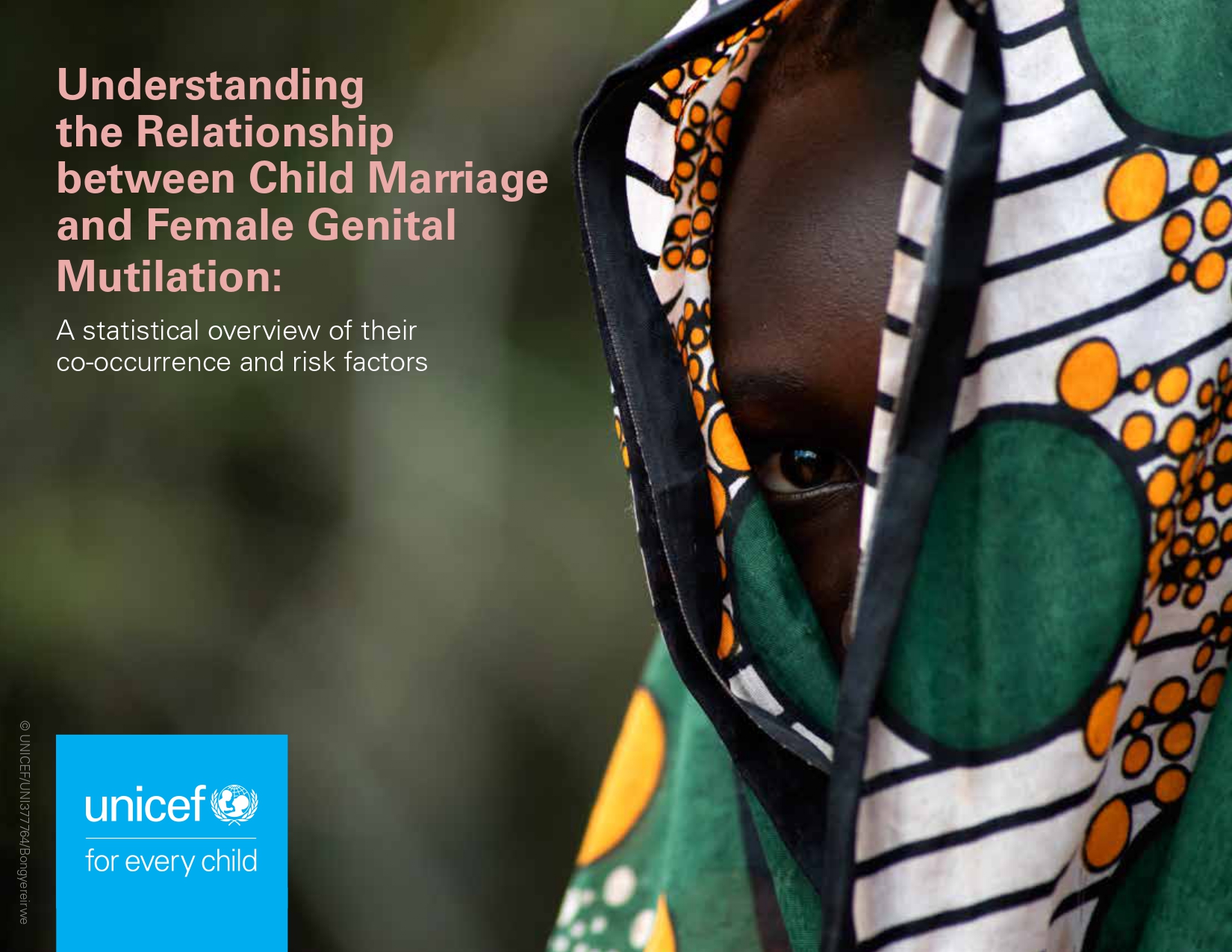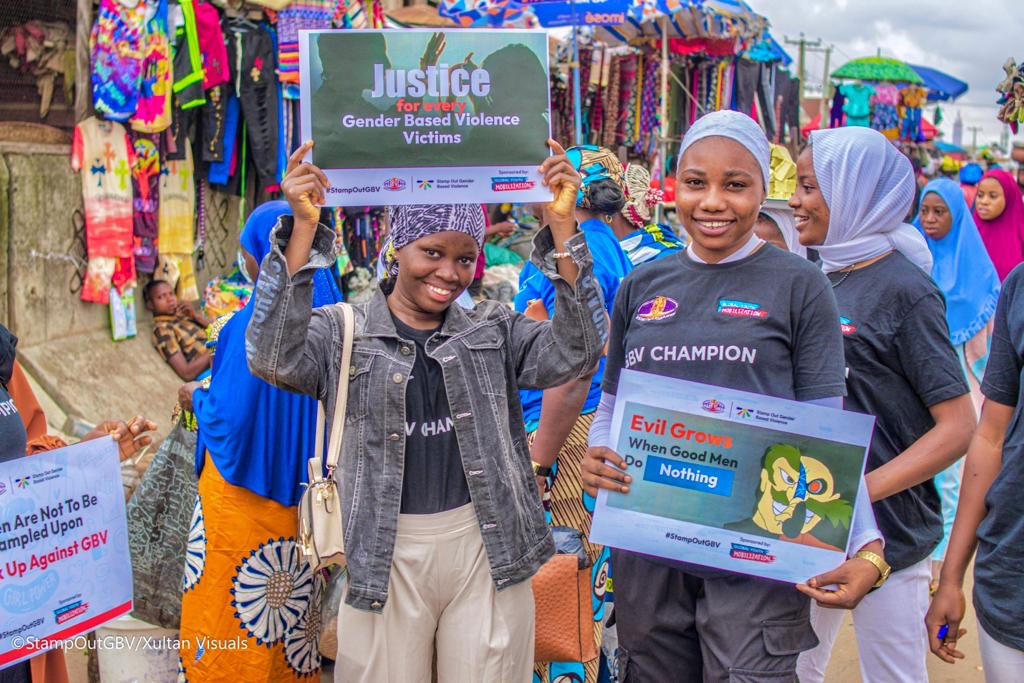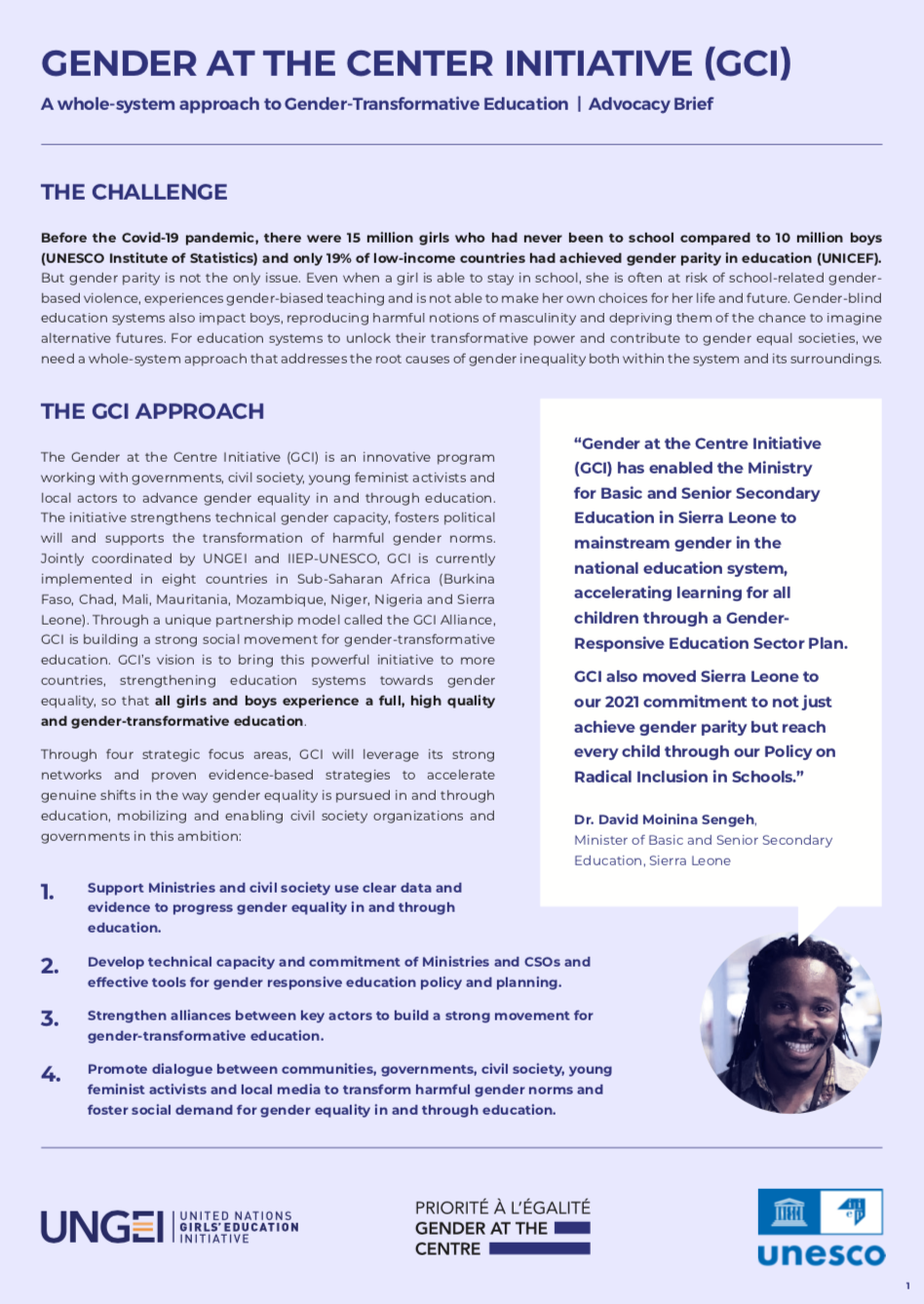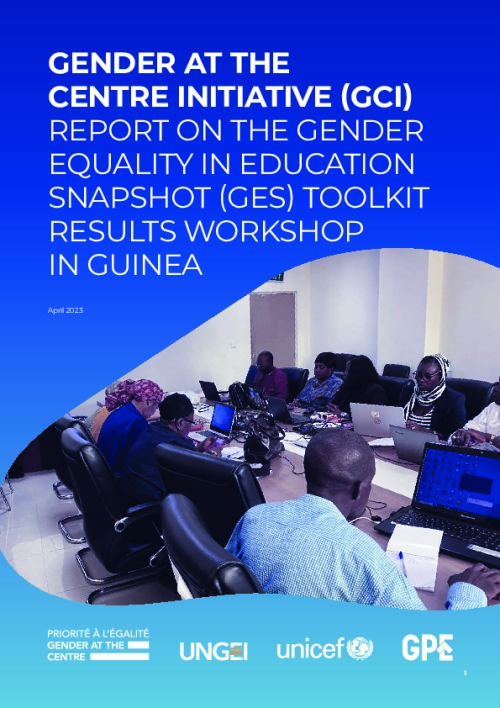Knowledge Hub
Learning and resources on gender in education

Understanding the relationship between child marriage and female genital mutilation
A statistical overview of their co-occurrence and risk factors
Child marriage and female genital mutilation (FGM) threaten the well-being of millions of girls around the world. In many countries where both child marriage and FGM are common, girls most at risk for each practice tend to share certain characteristics, such as low levels of education, rural residence, and living in poorer households. Yet, there are distinct differences in what drives each practice, and many communities in which one may be common, will not practice the other. This report seeks to identify the extent to which child marriage and...
Child marriage and female genital mutilation (FGM) threaten the well-being of millions of girls around the world. In many countries where both child marriage and FGM are common, girls most at risk for each practice tend to share certain characteristics, such as low levels of education, rural residence, and living in poorer households. Yet, there are distinct differences in what drives each practice, and many communities in which one may be common, will not practice the other. This report seeks to identify the extent to which child marriage and FGM co-exist. The intersection of these two practices – that is, the share of women who underwent FGM and were married in childhood – is reviewed over time, to determine whether girls’ likelihood of experiencing both practices has changed across generations. Lastly, the analysis identifies the characteristics that most commonly distinguish the girls who experience one practice from those who experience both.


